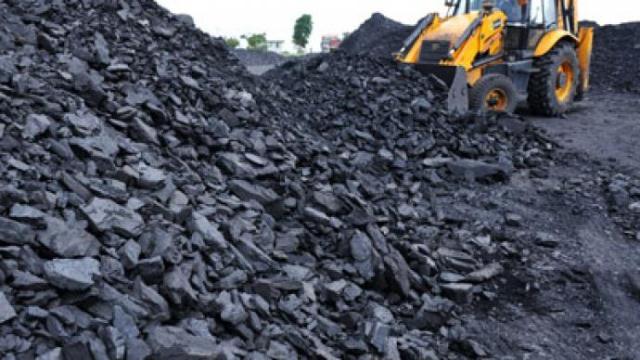
“Every country is looking to produce reliable electricity at a low cost, diversify sources of power, use local resources and promote renewable energy,” he said in an interview with The Express Tribune.
Thar coal – separating facts from fiction
“Pakistan’s move to exploit its own resources of lignite coal from the Thar desert for power generation is in line with these trends,” he added.
The Connecticut-based US company has already booked two orders in 2016 to supply equipment for coal-fired power plants in Pakistan.
As part of its first order, it will provide two 330-megawatt (MW) boilers for the Thar Block II Power Plant. The boilers will burn reserves of high moisture-carrying Thar lignite and it will become the first project in the country that utilises the domestic resources.
In the second order, the company is going to provide two units each of supercritical steam turbines, boilers and generators for the 1,320MW Hubco-II Power Plant. Both of these projects are logged into the China-Pakistan Economic Corridor (CPEC) programme.
One challenge for Pakistan that has delayed plans to develop the Thar coal reserves is the presence of a large amount of moisture in its lignite, which also has a low calorific value. However, there are technologies that can burn this lignite.
GE’s presence
The American company has been present in Pakistan for over 50 years, which has enabled it to generate up to 25% of the country’s electricity from a range of energy mix, including gas, coal, wind and other sources.
“Over the past three years, Pakistan has led a significant new power generation programme to support economic growth targets,” said Boller.
Thar Coal can power the nation, says Murad
To reduce dependence on imported fuels, which hurt the country’s balance sheet, Pakistan has pushed for a more balanced power portfolio that utilises thermal technologies such as LNG, coal and nuclear, as well as renewable resources such as hydro, solar and wind.
This allowed a significant number of GW to be closed and committed and GE expected the trend to continue and even accelerate, he added.
Coal-based plants and environmental concerns
Boller said there were two main types of environmental impact from the coal-fired power plants.
First is the local air pollution affecting the environment and the people living around the power plant.

Technology does exist to mitigate these risks. For instance, there is flue gas cleaning systems that eliminate dangerous pollutants such as sulfates and nitrates.
Another option is optimised combustion for safe re-usability of ash (for example in the cement industry). And the third is water treatment systems for zero waste discharge in water.
He said GE was a leader in all these technologies, which were very affordable (typically below 10% of the overall plant cost if they are implemented together).
The second environmental hazard is the global pollution which is basically related to carbon dioxide (CO2) and global warming at the level of the planet.
CO2 emission levels at a thermal power plant are directly linked to the plant efficiency. GE offers use of its ultra-supercritical technology with efficiency levels that are up to 35% better than the world average.
LNG
The company claims to be providing the world’s most-efficient heavy-duty H-class gas turbines, as well as other equipment, which fires LNG.
Pakistan’s Power Sector — the cost of prescribed reforms
Coupled with the efficient steam turbine technology, they allow very high net plant efficiency. GE’s HA technology was recently recognised by the Guinness World Records for powering the world’s most efficient combined-cycle power plant in Bouchain, France based on achieved efficiency rate of up to 62.22% and the technology has been selected for LNG-fired power plants in Pakistan.
Renewable energy
The company is also active in advanced renewable power generation technologies, in addition to wind and hydroelectric power projects in Pakistan.
For example, it has already provided 33 GE 1.5-82.5 wind turbines to the 50MW Sapphire Wind Farm Project in the Gharo-Keti Bandar wind corridor in Jhimpir, Sindh.
It has also signed a contract for the refurbishment and up-gradation of six power generating units installed at Mangla Hydel Power Station, as part of the Mangla refurbishment project.
GE is active in the energy, healthcare and transportation sectors in Pakistan. Its customers and end-users include public and private entities, such as PIA, K-Electric, Engro, Shakarganj, Pakistan Institute of Medical Sciences (PIMS) and Pakistan Railways.
The writer is a staff correspondent
Published in The Express Tribune, January 9th, 2017.
Like Business on Facebook, follow @TribuneBiz on Twitter to stay informed and join in the conversation.











































COMMENTS (2)
Comments are moderated and generally will be posted if they are on-topic and not abusive.
For more information, please see our Comments FAQ